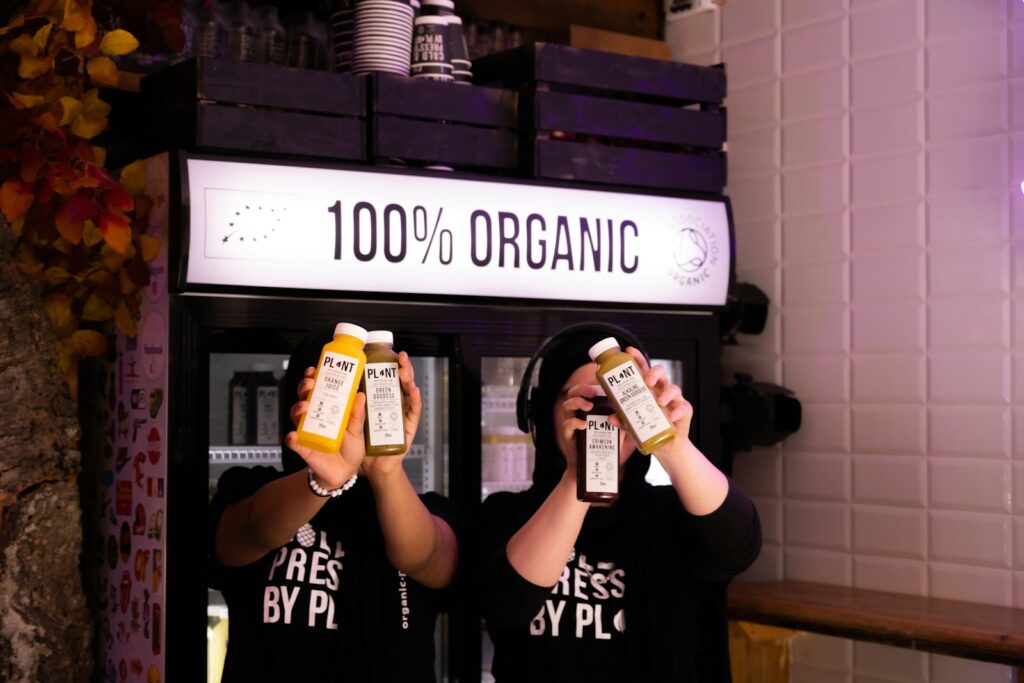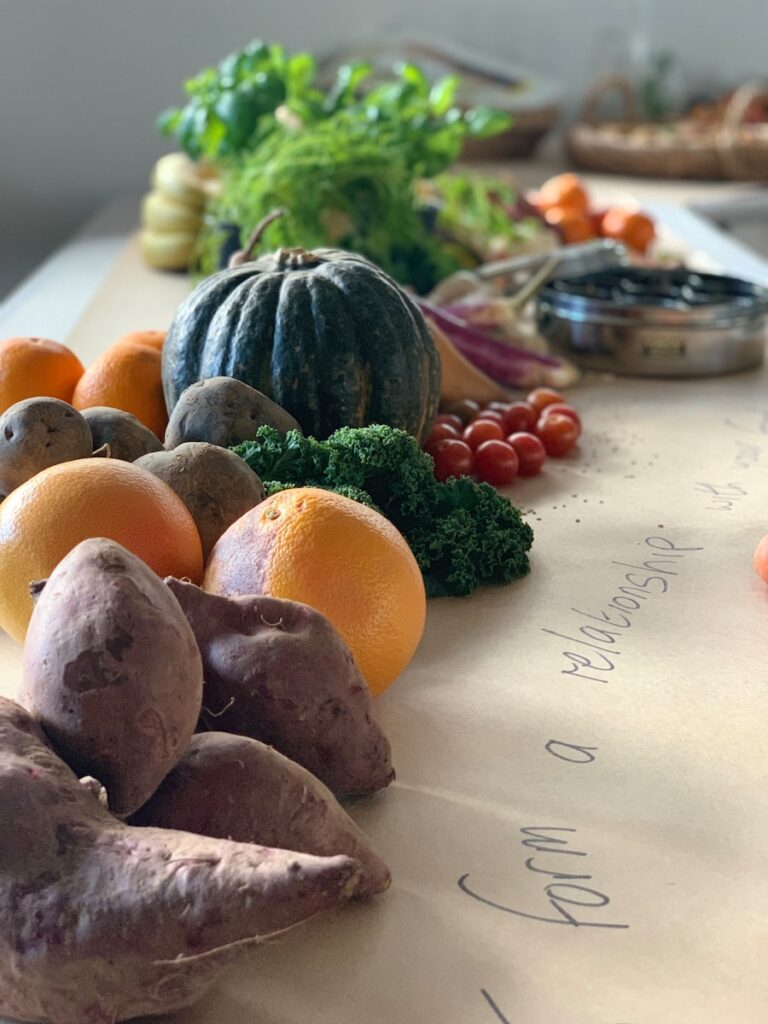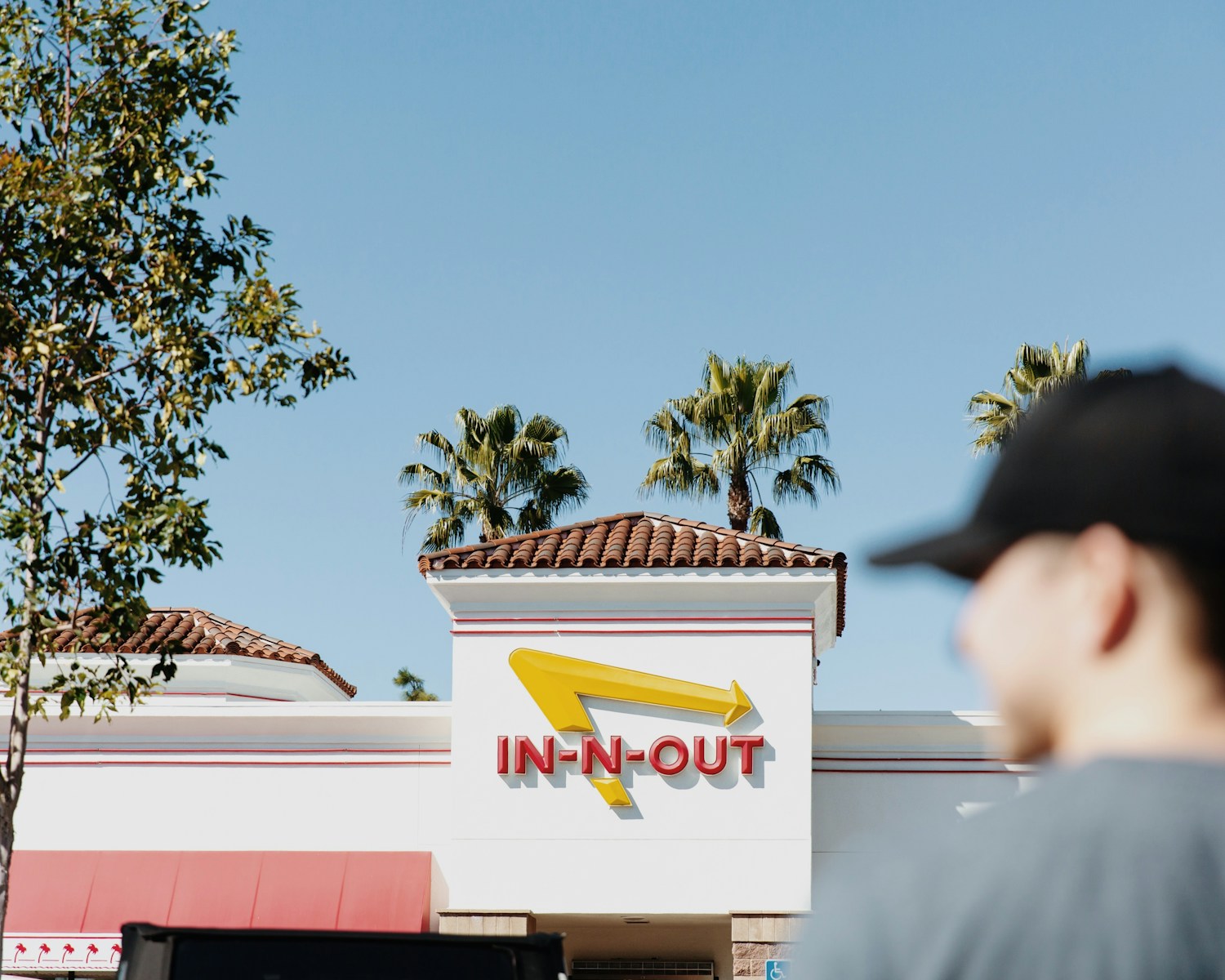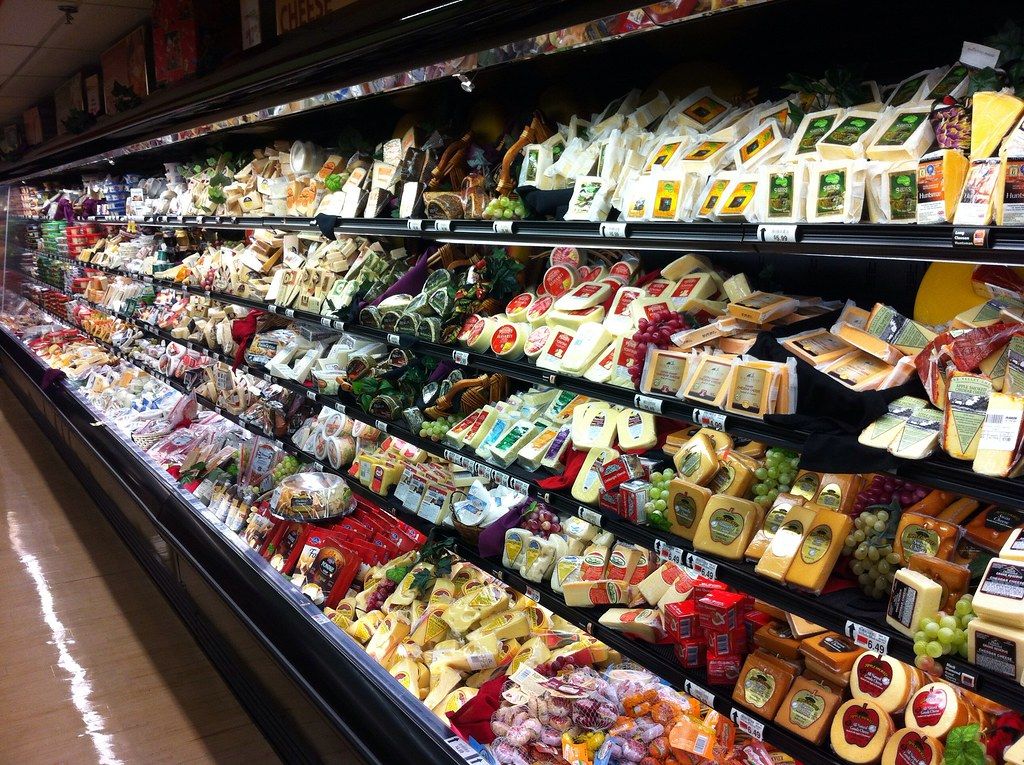
In the bustling aisles of American grocery stores, consumers are met with an overwhelming display of claims adorning food packages. Terms like “Organic,” “Natural,” and “Gluten-Free” leap out from shelves, powerfully influencing purchasing decisions and often commanding a premium price. These labels promise a healthier, cleaner, or more ethical product, shaping our perceptions of what we bring into our homes and onto our tables.
However, the reality behind these enticing claims is far more complex than many shoppers realize. While some labels are indeed backed by comprehensive federal standards and rigorous inspections, others exist in a regulatory gray area, offering minimal guarantees despite their prominent display. This significant gap between consumer expectation and regulatory fact leads to widespread confusion and, at times, wasted dollars.
As senior media editors, our role is to empower you with the knowledge to navigate this intricate landscape. We’ll peel back the layers of marketing and demystify the jargon, providing an in-depth, fact-based understanding of what these food labels actually mean, what they guarantee, and what they decidedly do not. Let’s embark on a journey to become truly informed consumers, starting with the most revered of them all: “Organic.”
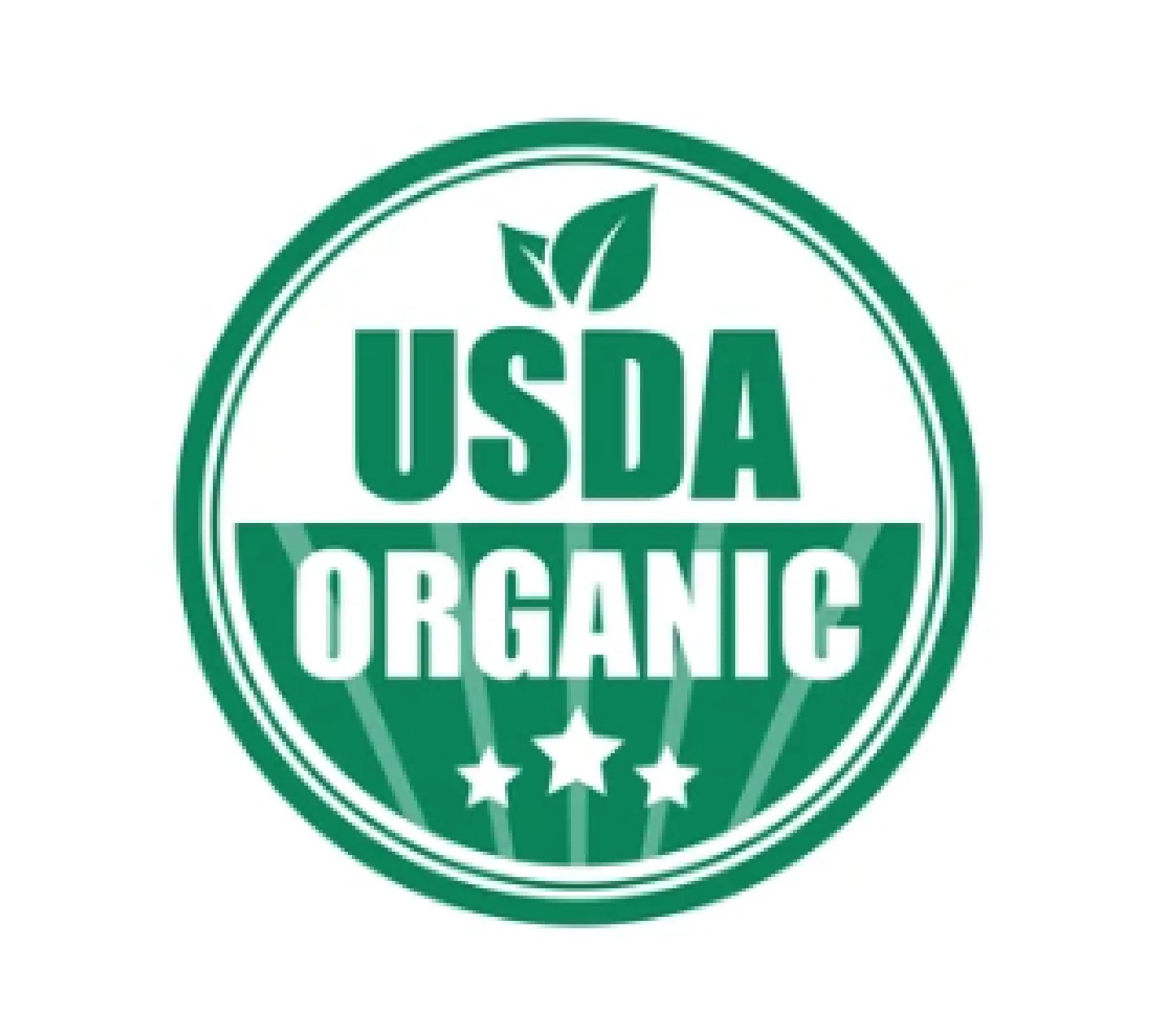
1. **USDA Organic: The Gold Standard of Food Labels**When you spot that familiar green and white USDA Organic seal, you’re looking at a product that has undergone one of the most stringent certification processes in the entire food industry. The “organic” label isn’t just a suggestion; it’s a claim backed by comprehensive federal law, specifically the U.S. Department of Agriculture’s National Organic Program, established by the Organic Foods Production Act of 1990. This system rigorously focuses on the methods by which food is produced and handled, rather than merely testing the final product.
The core of the organic standard prohibits several key practices that are common in conventional agriculture. For instance, all organic foods must be produced without genetically engineered organisms, seeds, or ingredients, ensuring a non-GMO foundation. Furthermore, the process of ionizing radiation, sometimes used on conventional foods to kill bacteria and extend shelf life, is strictly forbidden in organic production. Even the use of sewage sludge as fertilizer is explicitly banned in organic farming, underscoring a commitment to natural and sustainable soil management.
Beyond these prohibitions, organic production champions natural substances and biological farming methods. This means that most synthetic fertilizers, pesticides, and herbicides are prohibited, although it’s crucial to understand that the National Organic Program does maintain a National List of Allowed and Prohibited Substances. This list specifies a limited number of synthetic substances that are permitted only when natural alternatives are genuinely unavailable, a nuance often missed by consumers. The USDA organic seal, in essence, is a promise about the integrity of the production process from farm to fork.
2. **The Truth About “100% Organic” and the 3% Rule**While the USDA Organic seal represents a high standard, it’s vital to understand that not all “organic” claims are created equal, and some common beliefs about “100% organic” are not entirely accurate. The USDA has, in fact, established four distinct categories of organic labeling based on the percentage of certified organic content. For a product to be labeled “100% Organic,” it must indeed contain 100% certified organic ingredients, excluding salt and water, and any processing aids must also be organic. Only these products, and those labeled simply “Organic” (with at least 95% organic content), can display the coveted USDA Organic seal.
However, here’s where a significant consumer misunderstanding, often referred to as the “3% Rule,” comes into play. Many shoppers firmly believe that “organic” means 100% free from synthetic chemicals and entirely organic ingredients. Yet, the USDA allows products labeled simply “Organic” (those with the seal, but not “100% Organic”) to contain up to 5% non-organic ingredients, excluding salt and water. More specifically, the context indicates that products can contain up to 3% of their agricultural ingredients from non-organic sources and still earn that green label, a flexibility that 78% of consumers were completely unaware of in a 2024 Organic Trade Association study.
This flexibility allows farmers and producers to mix conventional and organic ingredients, particularly to meet cost targets while maintaining certification for the “Organic” label. This means your “organic” pasta sauce, for example, might incorporate conventional tomatoes within that permissible non-organic threshold, and you, as the consumer, would never discern this from the label alone. This nuance highlights the importance of truly understanding the specific labeling categories, rather than relying on a generalized interpretation of “organic,” to make informed decisions that align with your expectations.
Product on Amazon: MaryRuth Organics USDA Turmeric Gold Liquid Drops | Herbal Blend | Turmeric Curcumin | Black Pepper | Cassia Cinnamon Bark | Ginger Root | Immune Support | Non-GMO Project Verified | Vegan | 1oz
Brand: MaryRuth Organics
Binding: Health and Beauty Product Group: Drugstore
Price: 23.75 USD
Rating: 4.6 Total reviews: 2606
Item Form: Drop
Manufacturer: MaryRuth Organics
Item Package Quantity: 1
Package Information: Bottle
Shopping on Amazon >>

3. **Organic and Pesticide Residues: The Uncomfortable Reality**A pervasive misconception among consumers, with 67% believing it according to 2024 Consumer Reports data, is that “organic” automatically translates to “pesticide-free.” This belief, while understandable given the emphasis on natural farming, doesn’t entirely align with the regulatory reality of organic production. The USDA organic standard indeed prohibits most synthetic pesticides, fertilizers, and herbicides. Organic farmers are mandated to primarily employ physical, mechanical, and biological methods for pest and weed control, such as beneficial insects, trapping, and mulching.
However, the critical distinction lies in the allowance for certain substances. Only if these natural and biological methods prove insufficient can organic farmers resort to approved substances from the National List of Allowed and Prohibited Substances. This list, while limited, does include certain pesticides derived from natural sources, and even a restricted list of approved synthetic ones, to be used under specific circumstances. Therefore, while organic farming significantly reduces exposure to synthetic pesticide residues compared to conventional farming, it is not an absolute guarantee of a “pesticide-free” product.
The strongest scientific consensus concerning organic food and contaminants confirms that choosing organic consistently reduces exposure to synthetic pesticide residues and antibiotic-resistant bacteria. This reduction can be particularly significant for vulnerable populations like pregnant women and young children, mitigating potential health risks associated with chemical exposure. However, it’s essential for consumers to temper the expectation of “pesticide-free” with the understanding that organic standards permit a carefully controlled and limited use of specific, approved substances when necessary, reinforcing the idea that “organic” is about strict process management, not necessarily absolute absence of all pesticides.
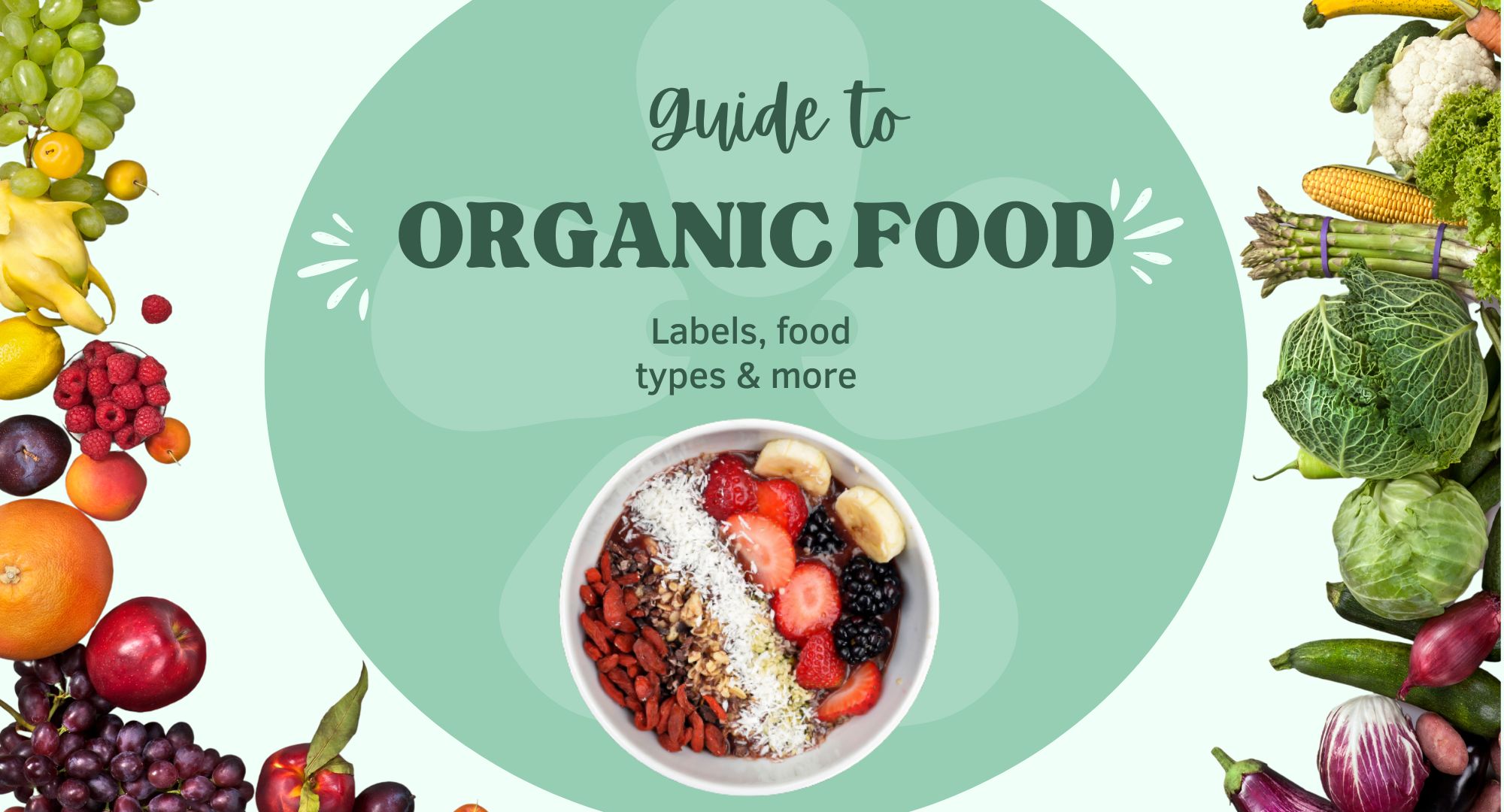
4. **Is Organic Food Healthier? The Nutrition Debate**One of the primary motivations for consumers to choose organic foods is the belief in superior health and nutritional benefits. However, the scientific evidence surrounding this claim remains quite mixed and often inconclusive. A comprehensive 2014 meta-analysis published in the British Journal of Nutrition, which reviewed an impressive 343 studies, did find some notable differences, indicating that organic crops had between 19% and 69% higher concentrations of antioxidants compared to conventional crops. Additionally, some research suggests that organic dairy and meat products might contain higher levels of beneficial omega-3 fatty acids, which are valued for their health properties.
Despite these findings, a widely cited 2012 Stanford University study, which reviewed 223 studies, concluded that there were no consistent differences in overall vitamin content between organic and conventional foods. While it did corroborate findings of higher phosphorus levels in organic produce and increased omega-3s in organic milk, the researchers cautioned that these differences were largely unlikely to hold significant clinical importance for the majority of people. This suggests that while some nutrient variations may exist, they might not translate into a tangible, widespread health advantage for the average consumer.
It’s also important to consider a confounding factor in the nutrition debate: lifestyle. Studies consistently show that individuals who regularly purchase organic foods tend to adopt healthier lifestyles across the board. They are often more physically active, less prone to smoking, and generally adhere to healthier overall dietary patterns. This makes it inherently challenging for scientists to definitively attribute any observed health outcomes solely to the consumption of organic food, separate from the broader health-conscious behaviors of these consumers. Ultimately, the most scientifically supported health benefit of choosing organic appears to be a reduced exposure to certain synthetic substances, rather than a definitively proven nutritional superiority in terms of vitamins and minerals.

5. **Organic’s Environmental Impact: Trade-Offs and Benefits**The environmental argument for organic farming is often presented as a clear-cut win, but the reality involves a complex interplay of local benefits and broader global impacts, presenting a trade-off that consumers should be aware of. On a per-acre basis, the environmental advantages of organic farming are indeed well-documented and substantial. By consciously avoiding synthetic pesticides and fertilizers, and by actively utilizing practices like crop rotation and compost, organic systems demonstrably enhance local biodiversity. Research indicates that organic farms can support up to 30% more wildlife species and harbor 50% more beneficial soil microorganisms, fostering a richer, healthier ecosystem. These methods also improve soil structure, which in turn boosts water retention and significantly reduces chemical runoff, protecting waterways.
However, the primary environmental critique of organic farming centers on what is known as the “yield gap.” Organic farming generally produces lower yields per acre compared to conventional farming methods. This fundamental difference means that to produce an equivalent amount of food, organic agriculture typically demands more land. If organic agricultural practices were to expand globally to meet increasing food demands, this could potentially necessitate the conversion of natural habitats and forests into farmland. Such widespread land conversion could paradoxically lead to increased greenhouse gas emissions and a greater loss of biodiversity on a global scale, despite the local benefits.
When environmental impacts are assessed per unit of food produced, rather than simply per acre, the picture becomes even more nuanced. Organic systems typically use less energy because they avoid the energy-intensive production of synthetic fertilizers. Yet, they can face challenges such as a higher potential for water pollution originating from manure runoff, particularly if not managed meticulously. Furthermore, the overall greenhouse gas emissions can vary considerably depending on the specific type of food being produced and the farming practices employed. This complexity means that while organic farming offers significant localized environmental benefits, its broader global implications require a more sophisticated evaluation.

6. **Why Organic Foods Cost More: Unpacking the Premium**It’s no secret that organic foods typically come with a higher price tag, often ranging from 20% to over 100% more than their conventional counterparts. Recent data underscores this, showing organic produce costs more than 50% extra on average, with some items like organic iceberg lettuce commanding a startling 179% premium over conventional options. This significant price difference isn’t arbitrary; it directly reflects the genuine and often higher production costs inherent in organic farming and processing.
Several factors contribute to this premium. Organic farming often entails higher labor costs, particularly for tasks like manual weeding, which replaces the use of chemical herbicides prevalent in conventional agriculture. Farmers must also bear annual organic certification and inspection fees, which are essential for maintaining the USDA Organic seal. Furthermore, the reliance on more expensive natural fertilizers and pest controls, coupled with the typically lower crop yields per acre associated with organic methods, adds to the overall production expenses. Maintaining strict segregation throughout the supply chain to prevent cross-contamination between organic and non-organic products also incurs additional costs.
Some proponents of organic agriculture argue that these higher prices are not merely an extra charge but rather “internalize” costs that conventional agriculture often “externalizes” to society. These externalized costs include the future expenses associated with cleaning up polluted waterways caused by synthetic chemical runoff, or potential public health costs stemming from long-term pesticide exposure. By paying a premium for organic, consumers might be, in a sense, paying for a production system that carries fewer environmental and societal burdens. This perspective suggests that the higher cost reflects a more holistic accounting of food production’s true impact.
7. **”Natural”: The Marketing Term with Minimal Guarantees**In stark contrast to the rigorously defined “organic” label, the term “natural” on food packaging largely exists in a regulatory vacuum, making it one of the most ambiguously abused claims in the supermarket. The fundamental issue is the pervasive lack of a unified, legally binding federal definition for “natural” on food labels. This regulatory void has inevitably led to profound consumer confusion, creating a wide chasm between what shoppers expect the term to guarantee and what it actually delivers.
Government oversight for “natural” is split and remarkably limited, adding to the complexity. The Food and Drug Administration (FDA), which governs approximately 80% of the U.S. food supply, operates under an informal policy regarding “natural.” For decades, the FDA has informally stated that it doesn’t object to the use of the term if a food product does not contain added color, artificial flavors, or synthetic substances. Crucially, the FDA explicitly clarifies that this informal policy was never intended to address broader production methods, such as pesticide use or genetic engineering, nor does it describe any specific nutritional or health benefits. It’s a very narrow interpretation, focused primarily on what isn’t *added* to the food during processing.
The U.S. Department of Agriculture (USDA), which regulates meat, poultry, and certain egg products, holds a slightly stricter definition for “natural” within its jurisdiction. For these specific items, “natural” means the product contains no artificial ingredients or added color and has undergone only “minimal processing.” This “minimal processing” is defined as processing that does not fundamentally alter the raw product. Labels on these items must also include a brief explanatory statement, such as “no artificial ingredients; minimally processed,” to provide some context. Despite this slight nuance from the USDA, the overall takeaway for consumers is clear: the “natural” label, particularly on FDA-regulated foods, offers remarkably minimal guarantees and serves primarily as a marketing tool, rather than a robust standard of production or quality.
Continuing our investigation into food labeling, the ambiguous term “Natural” often appears alongside “Organic” on shelves, leading many consumers to incorrectly conflate their meanings. While the previous section introduced the regulatory void surrounding “natural,” it’s crucial to delve deeper into what this label conspicuously fails to guarantee, starkly contrasting it with the robust standards of organic certification. The disconnect between consumer perception and regulatory reality for “natural” products is arguably one of the most significant pitfalls in food labeling.
Product on Amazon: Live Donkey Tail Succulent Plant – Large 4-Inch (Set of 2) – Fully Rooted Donkey Tail (Sedum Morganianum) Succulent Plant – Succulent Market
Brand: SUCCULENTMARKET.COM
Binding: Product Group: Lawn & Patio
Price: 12.45 USD
Rating: 4.4 Total reviews: 238
Plant or Animal Product Type: succulent
Indoor/Outdoor Usage: Indoor
Sunlight Exposure: Full Sun, Partial Shade
Product Care Instructions: Water
Soil Type: Sandy Soil
Moisture Needs: Moderate Watering
UPC: 608293991335
Features:
1. HIGH QUALITY: Fully Rooted 4 Inch Donkey Tail Succulent. All Donkey Tail Succulents Picked from Our Greenhouses the Same Day We Ship to You.
2. Create Your PLANT SANCTUARY: Create the Indoor or Outdoor Space of Your Dreams with a Relaxing & Peaceful Live Donkey Tail Succulent Plant.
3. FAMILY FARM: We Have Over 55 years of Experience Growing Healthy & Hardy Succulents.
4. LOW MAINTENANCE: Only Water You’re Amazing Live Donkey Tail Succulent Once Every 2-3 Weeks.
5. BECOME A PLANT PARENT: Buy Now to Become a Part of the Growth and Development of Your Incredible Donkey Tail Succulent Plant.
Shopping on Amazon >>
Read more about: Beyond the Boardroom: Exposing the ‘Legal’ Corporate Structures Behaving Like Organized Crime Syndicates
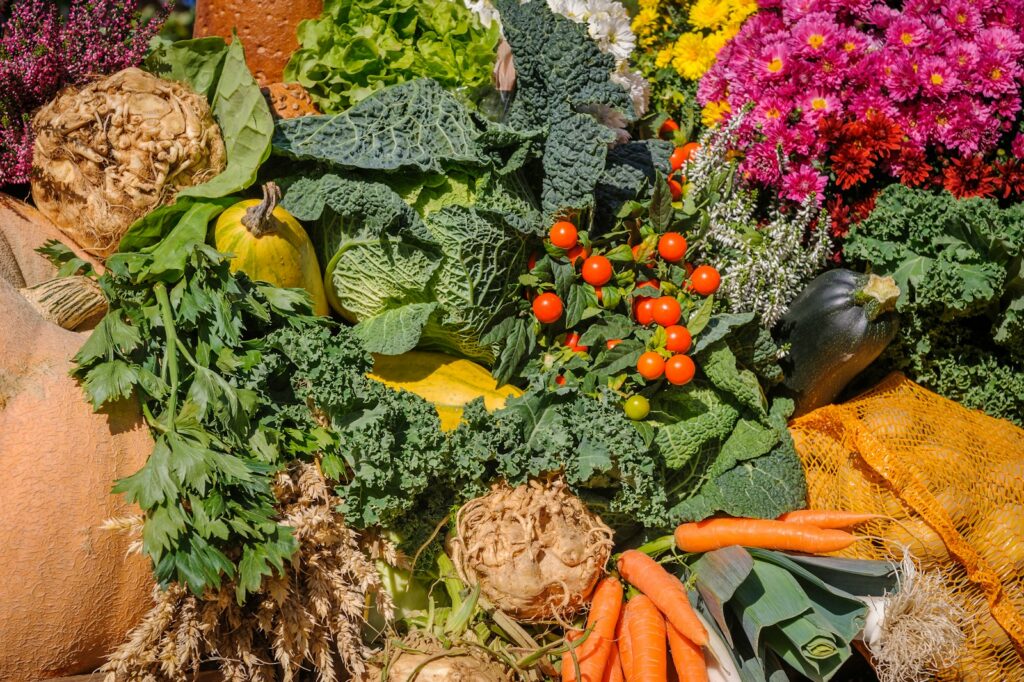
8. **”Natural”: What It Truly Doesn’t Mean** The ambiguity of “natural” labeling has fostered a significant gap between what regulatory bodies oversee and what consumers mistakenly infer. A 2015 Consumer Reports survey strikingly revealed that most consumers believe the label implies far more than it actually does. This widespread misconception empowers food companies to use the term broadly without meeting any meaningful, verifiable standards.
Crucially, a “natural” label does not mean a product is GMO-free. Both FDA and USDA policies permit genetically modified ingredients in products bearing this claim. For instance, granola bars labeled “natural” can legally contain genetically engineered corn or soy, despite consumer expectations. Furthermore, the “natural” label includes no standards regarding pesticide use during ingredient production, meaning the raw materials could have been treated with conventional pesticides.
For meat and poultry, the USDA’s “natural” definition applies narrowly to processing after slaughter, offering no standards for how animals were raised. A “natural” chicken or beef product does not guarantee the animals had outdoor access, adequate space, or were raised without antibiotics or growth hormones. It stands in stark contrast to the comprehensive, government-verified standards that define “organic,” which encompass everything from soil health and genetic engineering to pesticide use and animal welfare.
Read more about: Red Flags Raised: Unraveling the Shocking Claims and Lingering Questions Around Hulk Hogan’s Cause of Death
9. **The Push for Regulation and the Cost of “Natural” Confusion** The profound misunderstanding surrounding “natural” labeling has directly contributed to numerous lawsuits against major food companies, accusing them of false and misleading claims. Consumer advocacy groups have vocally urged the FDA to take decisive action, either by banning the term on processed foods altogether or by implementing a clear, legally defined standard that holds meaning for consumers.
In response to these citizen petitions and requests from federal courts, the FDA initiated a formal public comment period in 2016 to consider defining “natural.” Despite receiving over 7,600 comments from the public, the agency has yet to issue a formal rule, leaving its long-standing informal policy, with all its inherent ambiguities, firmly in place. This inaction continues to perpetuate the confusion, leaving consumers vulnerable to marketing tactics rather than informed choices.
This regulatory gap carries a substantial economic impact. Despite its vague meaning, the “natural” label commands a significant price premium, with products labeled “natural” accounting for a larger market share than USDA Organic foods in 2018. Studies, such as one from Arizona State University, confirm consumers are willing to pay more—an additional $1.26 per pound for beef, for example—for products with a “natural” label, often under the false belief that these signify healthier, safer, or more environmentally friendly attributes. This demonstrates how deeply consumer perception, shaped by imprecise labeling, can influence purchasing decisions and market dynamics.
Read more about: The Activewear Revolution: How Comfort Shattered Gender Norms
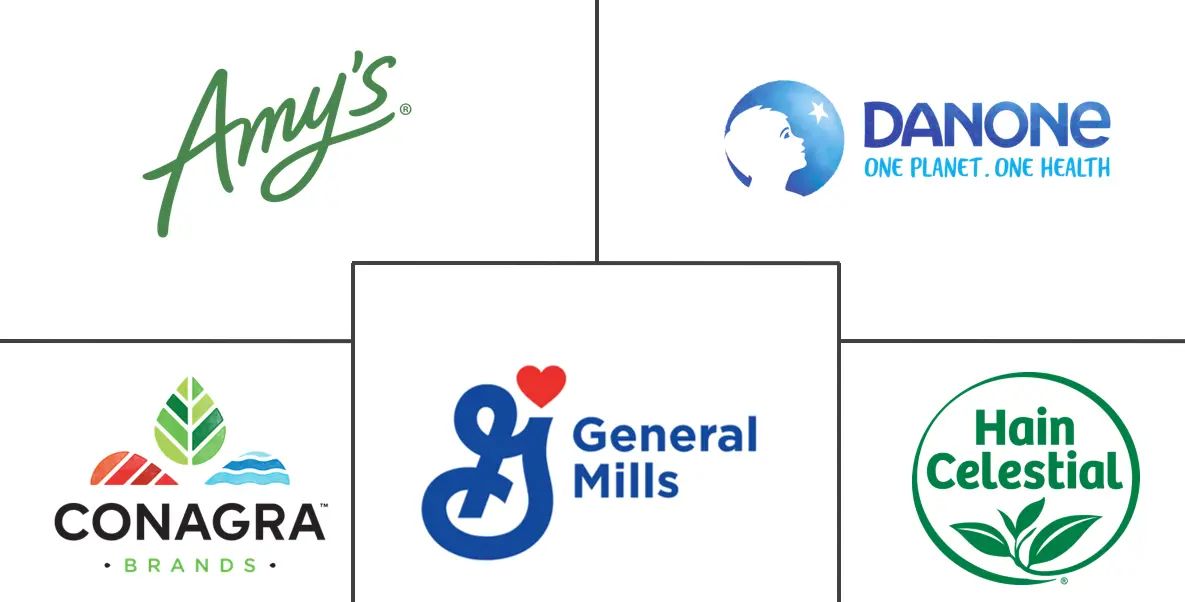
10. **Gluten-Free: A Medical Standard, Not a Marketing Gimmick** In stark contrast to the nebulous “natural” claim, the “gluten-free” label is founded on a specific, scientifically determined standard designed to protect individuals with genuine medical conditions, primarily celiac disease. This is not a broad claim about farming practices or general health benefits, but a precise measure for dietary safety.
In August 2013, the FDA established a uniform federal standard for any food making a “gluten-free” or similar claim. To carry such a label, a food must contain less than 20 parts per million (ppm) of gluten. This threshold was carefully chosen as the lowest level reliably detectable using validated scientific methods, and extensive research supports its safety for most individuals with celiac disease. The rule specifies that foods cannot contain gluten-containing grains, or ingredients derived from them that haven’t been processed to remove gluten, or ingredients with processed gluten where the final food still contains 20 ppm or more of gluten.
The FDA’s rule applies comprehensively to packaged foods, beverages, dietary supplements, and imported foods under its jurisdiction. In 2020, the agency expanded these requirements to clarify compliance for fermented, hydrolyzed, and distilled foods, ensuring a robust safety net. Even foods naturally free of gluten, like fruits and vegetables, can be labeled “gluten-free” if they meet the 20 ppm requirement and implement measures to prevent cross-contamination. This rigorous approach underscores the medical necessity behind the “gluten-free” standard, ensuring it serves its intended purpose of consumer protection. The USDA also aligns with this 20 ppm standard for meat, poultry, and certain egg products under its purview, sometimes even requiring FSIS approval for third-party “Certified Gluten Free” claims, and employing expanded allergen verification sampling.

11. **Beyond Government: Powerful Third-Party Certifications** While government regulations like USDA Organic provide foundational standards, a landscape of independent, third-party certification programs offers consumers even greater assurance and often addresses specific ethical or environmental concerns beyond what federal labels cover. These “in the bag” certifications represent a higher commitment from producers, verified by external audits.
One such example is **Fair Trade** certification, which encompasses economic, social, and environmental criteria. Farmers are guaranteed living wages and safe working conditions, child labor is prohibited, and fair trade premiums are invested in community development. Environmentally, most pesticides and all GMOs are banned, replaced by sustainable farming methods. Products like coffee, tea, herbs, cocoa, and fresh fruit are available with this ethically-minded label in the U.S., ensuring a comprehensive approach to responsible sourcing.
The **Rainforest Alliance** certification, overseen by an independent body, focuses on reducing water pollution, soil erosion, protecting human health, conserving wildlife habitat, and improving livelihoods while reducing waste. With over 84,500 farms across South America, Southeast Asia, and Africa holding this certification, it plays a significant role in promoting sustainable practices for chief products like coffee, cocoa, tea, nuts, and fruits. These certifications offer a layer of trust and transparency that goes beyond basic government mandates, allowing consumers to align their purchases with broader social and environmental values.

12. **Third-Party Certifications, Continued: Ethical and Environmental Commitments** Further illustrating the depth of third-party certifications, the **Food Alliance** logo requires certifiers to assess farms and ranches across five critical areas: soil and water conservation; safe and fair working conditions for employees; limiting pesticide use and toxicity through integrated pest management; animal welfare; and habitat conservation. This comprehensive approach earns high marks from industry experts, and its growth, with almost 350 certified producers and a nearly 79% increase in the past four years, indicates a rising demand for such integrated sustainability standards.
For specific environmental concerns, **Salmon-Safe** certification highlights a unique form of sustainability. It protects salmon streams in the Pacific Northwest from farm runoff, chemicals, and erosion. Often combined with USDA Organic, it provides a “beyond organic” assurance, currently accrediting over 60,000 farm acres and 200 vineyards. Similarly, the **Bird Friendly** label, developed by the Smithsonian Migratory Bird Center, certifies organic shade-grown coffee, ensuring specific criteria for tree canopy height, plant diversity, shade coverage, and streamside plant borders are met, thus providing crucial sanctuaries for migrating birds. These niche certifications demonstrate how consumers can support very specific environmental outcomes with their purchasing power.
Animal welfare is another area where robust third-party certifications provide much-needed clarity. **Certified Humane Raised and Handled**, endorsed by several animal welfare and food safety organizations including the ASPCA, focuses on humane animal care standards from birth through slaughter. This means animals must have freedom to move and engage in natural behavior, prohibiting cages, crates, and tie stalls, as well as growth hormones and prophylactic antibiotics. This level of detail empowers consumers to choose products that align with their ethical considerations for animal treatment, providing a verifiable standard far beyond what generic labels might imply.

13. **Buyer Beware: Vague Labels with Weak Guarantees** While some third-party labels offer robust guarantees, many common environmental and welfare claims are riddled with loopholes or lack any meaningful verification. The “Buyer Beware” category highlights labels that are often more about marketing than verifiable standards, creating significant consumer confusion and allowing producers to make claims without substantial oversight.
The claim “Raised Without Antibiotics” is a prime example. While it sounds definitive, there is no federal verification system in place for this claim, allowing producers to make potentially misleading assertions. For instance, Tyson Foods, a major chicken producer, was found to be labeling chickens as “raised without antibiotics” despite injecting eggs with an antibiotic and using a non-human antibiotic in feed daily, leading to lawsuits and the removal of such claims. The USDA considers “no antibiotics administered” and “raised without antibiotics” acceptable, but the critical lack of verification leaves the door open for ambiguity. The specific phrase “antibiotic free” is actually deemed “unapprovable” by the USDA, underscoring the regulatory gap.
Similarly, “Free Range” and “Free Roaming” for poultry often mean little. The USDA’s Food Safety and Inspection Service only requires that poultry be allowed “access to the outside,” which can translate to short periods in a cramped area, with the USDA even considering five minutes adequate for approval. There are no restrictions on feed, and inhumane practices like forced molting through starvation are permitted. For beef and egg-laying hens, these terms are completely unregulated, allowing producers to keep animals closely confined despite the “free range” label. Even “Grass Fed” can be misleading; all cows eat grass when young. Consumers must look for “100% grass fed” and, ideally, the USDA Process Verified shield to ensure the cattle ate a lifetime diet of 100% grass and forage with pasture access.
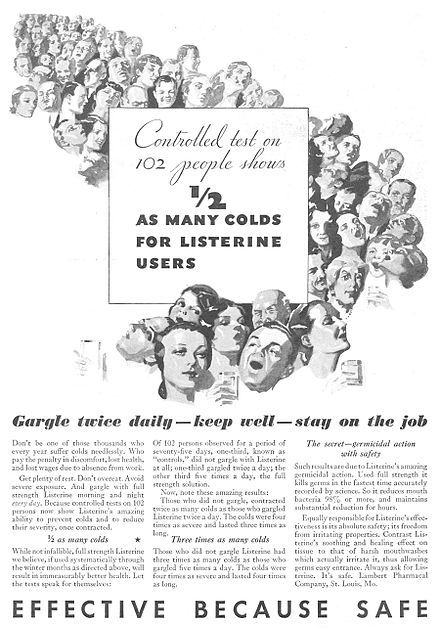
14. **The Utterly Meaningless: False Advertising Claims** At the lowest rung of trustworthiness are labels that function purely as false advertising, entirely devoid of standards, definitions, or any method of verification. These terms are subjective marketing fluff, allowing producers to use them in any way they deem fit, with no repercussions or accountability. Such claims represent the peak of “greenwashing,” designed to appeal to consumer values without offering any substance.
Terms like “Cruelty free,” “Cage free” (when not specifically governed by a robust third-party standard), “Environmentally friendly,” “Nature’s friend,” “No chemicals,” and “Vegetarian fed” fall squarely into this category. These phrases are not regulated, meaning there is no external body checking their veracity. A product labeled “cruelty-free” could still involve practices many would consider cruel, and “no chemicals” is scientifically absurd as all matter is made of chemicals. These terms capitalize on consumer goodwill and a desire for ethical products but offer absolutely zero guarantees about production methods, environmental impact, or animal welfare. They are, in essence, empty promises used to inflate perceived value and often, the price tag.
Navigating the complex world of food labels requires vigilance and a critical eye. While stringent federal standards like USDA Organic and medical mandates like Gluten-Free offer reliable assurance, a vast middle ground of vague, unverified, or outright misleading claims exists. Empowering yourself with knowledge is the ultimate tool. By understanding what each label truly guarantees—and what it emphatically does not—you can make informed purchasing decisions that genuinely align with your priorities for health, environmental impact, and ethical production, ensuring your dollars support the principles you value most.

